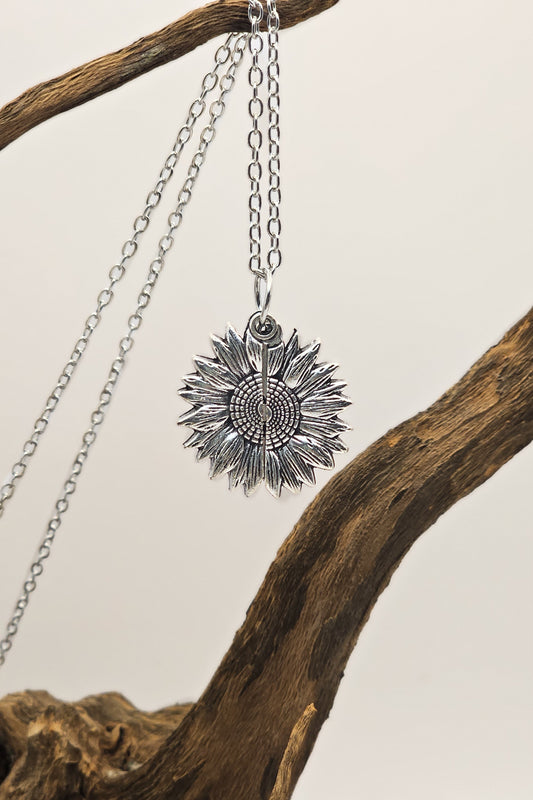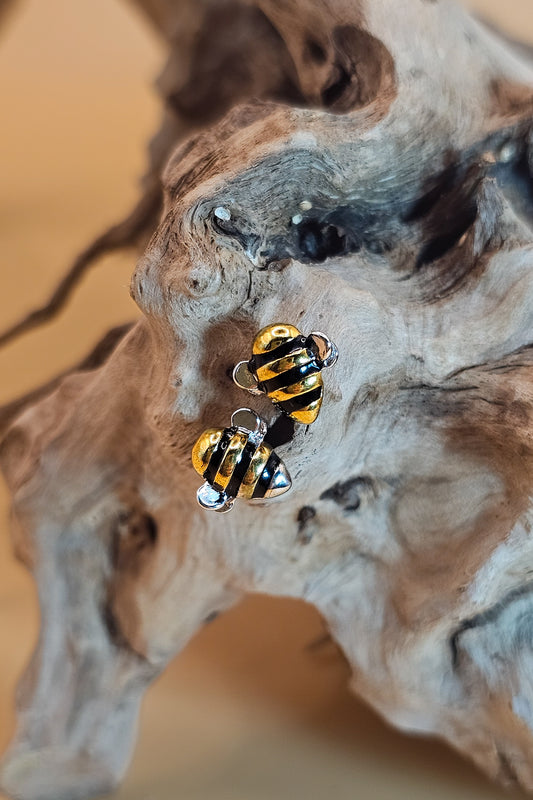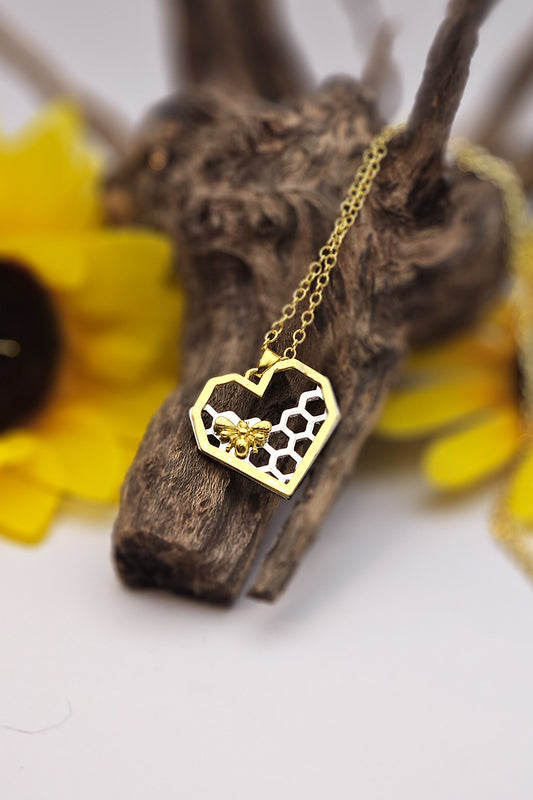Some of the most beautiful spring flowers you will ever see are desert wildflowers, mainly thanks to native bees and winter rains. These flowers depend on bees to pollinate next season’s blooms and blossoms to make seeds.
Some of the most unusual and unique bees in the world live in deserts, too. Native bees can range in size from the world’s tiniest bee, the Perdita minima, which is less than 1/16th of an inch long, to carpenter bees, at 1 ½ inches long. These bees are sometimes mistaken for flies or wasps. Some very social bumblebees can also be found living in deserts.
However, many native bees resemble and are often mistaken for honeybees. The way to tell the difference, according to entomologist Maddie Ostwald, is that most native bees keep their legs up close to their bodies when they fly, but honeybee legs dangle below their bodies.
One of every four bee species in the US is found in the desert southwest, and for the most part these native bees nourish themselves with the pollen, oils, and nectar of these plants.
This unrelated 1:29-minute video by BeeSip showcases the Perdita minima, the smallest bee of all. She is pollinating the tiny whitemargin sandmat or rattlesnake weed (Euphorbia albomarginata) flowers. It takes a few moments for the camera to focus on the bee and then it is a very clear video. You will be amazed by the size of her flowers in comparison to the coin at the end of the video:
The bond between native bees and desert plants goes far beyond pollination.
Since many of the native bees found in the desert are solitary bees, they often burrow into the ground to make their nests and brood cells, or at times they will take over an abandoned tunnel made by a previous animal resident like wood-boring beetles. Digging these tunnels does the great deed of aerating the soil for plants, which gives rainwater immediate access to plant roots. Water is vital for the survival of these flowers, and they get little enough of it in a desert.
Some native plants, like creosote and brittle brush, provide resins for some bees to use in sealing their nests where they were made inside dead branches. The leafcutter bee, for instance, protects her larva from microbial attack thanks to leaf chemicals she uses to line her brood cells.
It's exactly one year ago since I blogged about Bees in a Desert Garden and the World's Tiniest Bees where you will see the same flowers but it is a different video. You may also enjoy these posts.
There is no question that not only are native bees intriguing, but their relationship with the desert and wildflowers makes them invaluable contributors and recipients of the desert’s bounty.








